Joe’s Garage by Frank Zappa
Buy Joe’s Garage Acts I, II & III Frank Zappa is one of those musical figures that people either get or they don’t. If you happen to fall in the latter category and […]
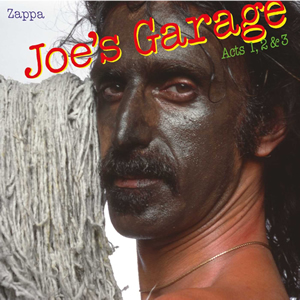
Buy Joe’s Garage Acts I, II & III Frank Zappa is one of those musical figures that people either get or they don’t. If you happen to fall in the latter category and […]
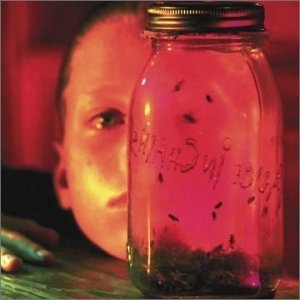
Buy Jar of Flies One of the biggest debates about Jar of Flies by Alice In Chains is how exactly to refer to it. Wikipedia refers to it as “the first EP in […]
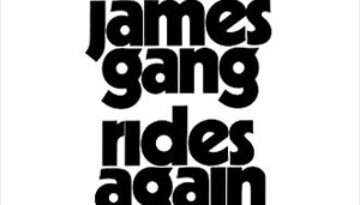
Buy James Gang Rides Again The James Gang reached the peak of their relatively short time together with front man Joe Walsh with their sophomore album James Gang Rides Again in the summer […]
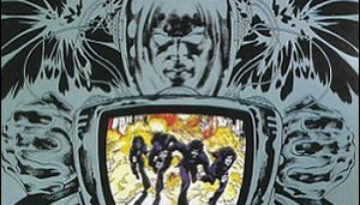
Buy Jailbreak After a long musical journey which included style shifts, various lineup changes and five less-than-commercially successful albums, Thin Lizzy finally broke through in 1976 with Jailbreak. This quasi-concept record has an […]
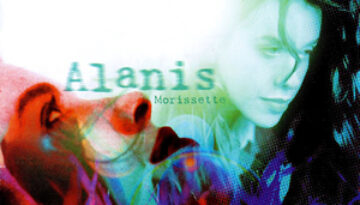
Buy Jagged Little Pill Jagged Little Pill is one of the most indelible albums to emerge from the decade of the 1990s. This third overall studio release by Canadian Alanis Morissette was her […]
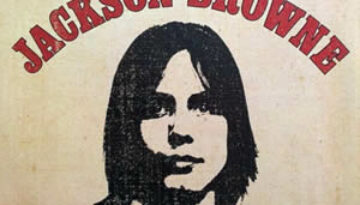
Buy Jackson Browne Sometimes referred to as “Saturate Before Using”, Jackson Browne‘s 1972 self-titled debut showcases his early style of composing and performing reflective ballads. This album achieved a healthy measure of commercial […]
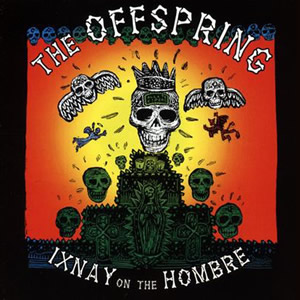
Buy Ixnay on the Hombre In their prime, The Offspring‘s music found the sweet spot somewhere between hard rock and hardcore. Their 1997 fourth overall release and major label debut, Ixnay on the […]
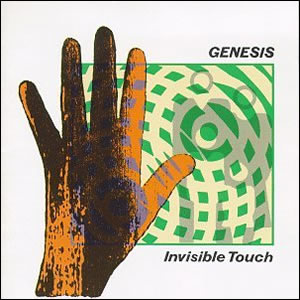
Buy Invisible Touch Genesis completed their full metamorphosis into a pure pop/rock outfit with 1986’s Invisible Touch, the top selling album of the group’s long career. The group’s thirteenth overall studio album, it […]

Buy Into the Music Van Morrison completed his impressive 1970s output with his classic 11th studio album, Into the Music in 1979. The album features a large ensemble of musicians and singers to […]
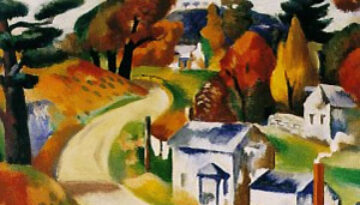
Buy Into the Great Wide Open Tom Petty continued his impressive commercial success as a new decade unfolded with Into the Great Wide Open, the eighth studio album by Petty and The Heartbreakers. […]